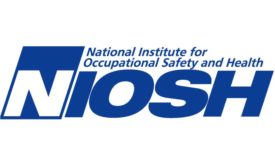Workplace Safety Culture
Dig deeper into system factors behind at-risk actions
Discuss intentions,Not behaviors
November 2, 2019
How NOT to manage safety
Blame the victim, ignore standards, roll the dice
November 2, 2019
A NIOSH Science Blog post
The Safety Climate Assessment Tool (S-CAT) for construction
October 22, 2019
A NIOSH Science Blog post
It’s National Bosses Day. Who is your dream boss?
October 16, 2019
Digital Edition Exclusive
For Your Health & Wellness: Catching a quick nap is smart business
October 2, 2019
Become a Leader in Safety Culture
Build your knowledge with ISHN, covering key safety, health and industrial hygiene news, products, and trends.
JOIN TODAYCopyright ©2025. All Rights Reserved BNP Media.
Design, CMS, Hosting & Web Development :: ePublishing









